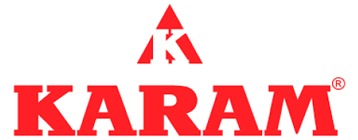A safety harness is a form of protective equipment designed to protect a person, from injury or damage.
The harness is an attachment between a stationary and non-stationary object and is usually fabricated from rope, cable or webbing and locking hardware.
Some safety harnesses are used in combination with a shock absorber, which is used to regulate deceleration when the end of the rope is reached.



